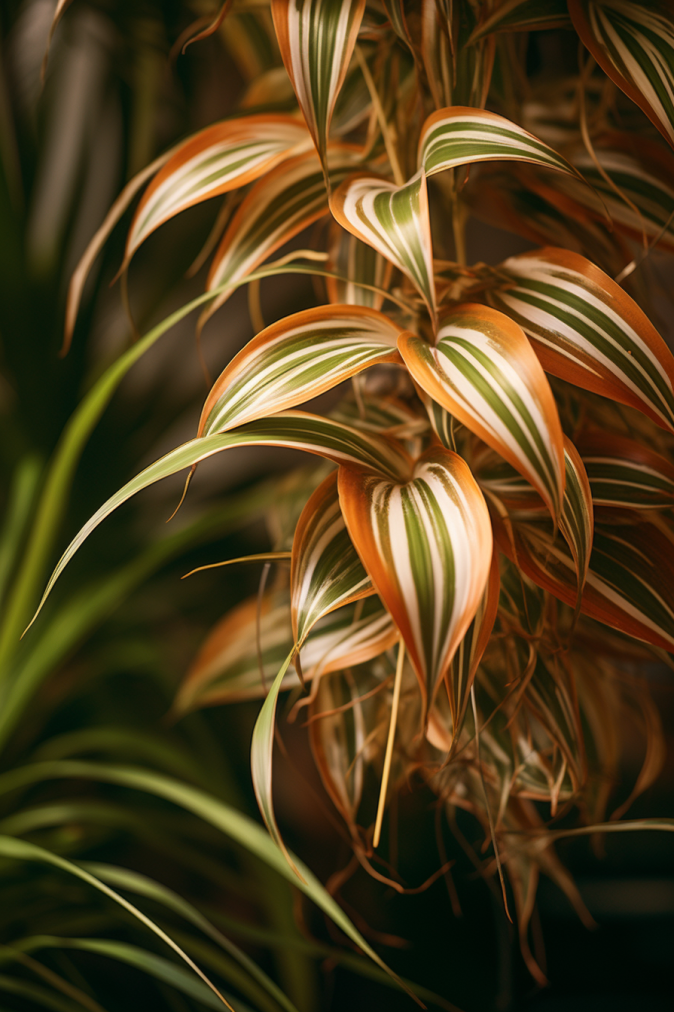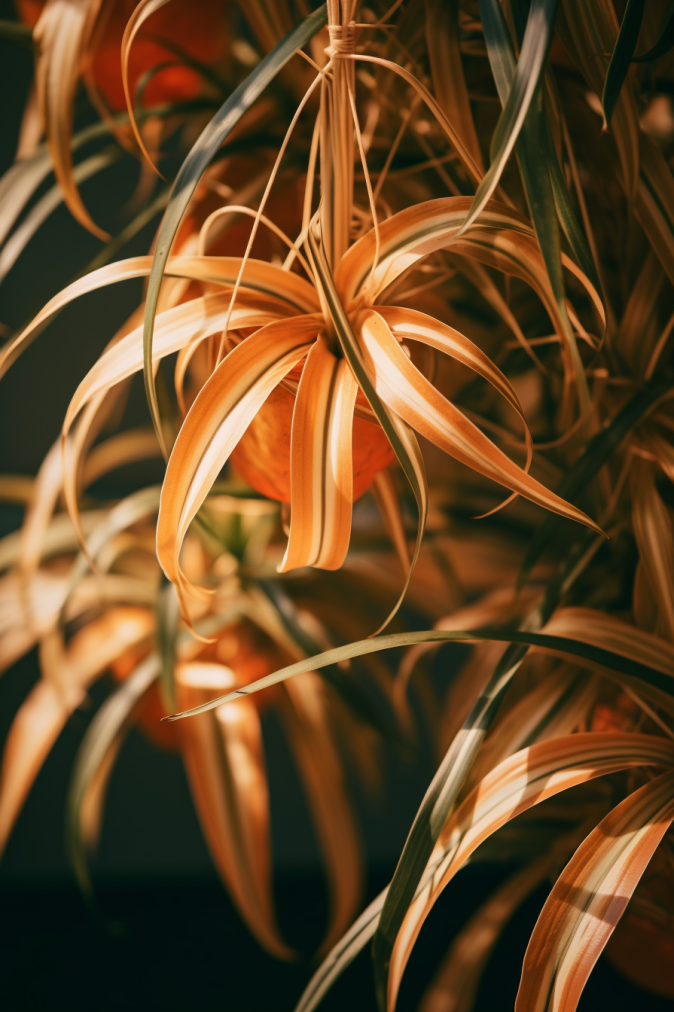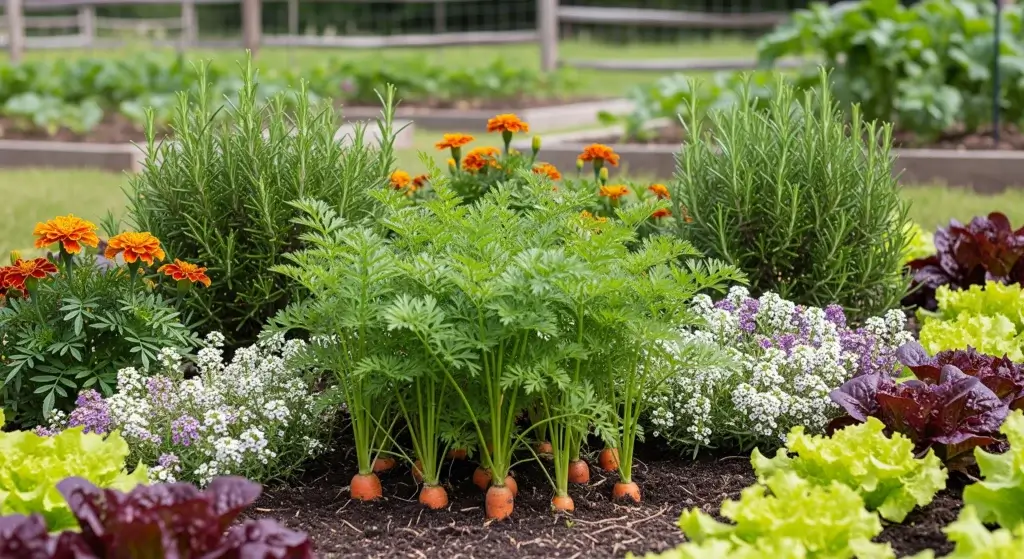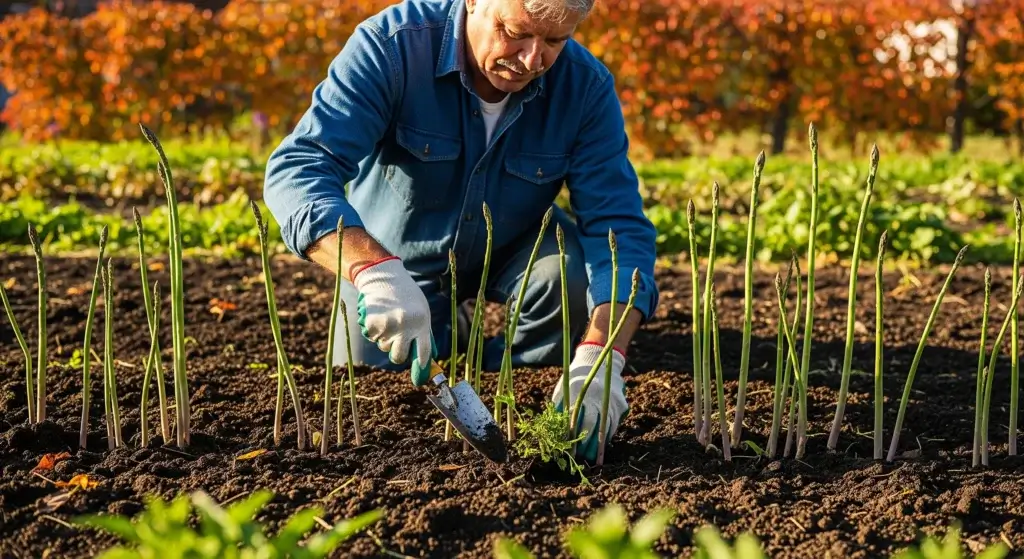
Welcome to the guide where we’ll unravel the mystery behind those pesky brown tips on your beloved spider plants.
It’s distressing to see those once lush green leaves turn brown, but fear not!
We’re diving deep into the causes and practical solutions to help your spider plants thrive again.
About Brown Tips on Spider Plant Leaves
Brown tips refer to the browning or discoloration found at the edges or tips of plant leaves.
Brown tips on spider plants are a frequent issue, fortunately often simple to remedy.
These charming plants, known for their resilience, sometimes develop brown-tipped leaves, signaling an underlying problem in their environment or care routine.
However, the good news is that addressing this issue usually doesn’t require extensive effort.
Spider plants are quite forgiving and adaptable, making them relatively easy to revive when they start showing signs of browning on their leaf edges.
By understanding the potential causes behind these brown tips, such as over or under-watering, inadequate light, or even nutrient deficiencies, you can take proactive steps to rectify the situation.
- Read also: Snake Plant Care Indoor for Thriving Bliss
- Read also: Snake Plant Leaves Turning Yellow
The Significance of Managing Brown Tips on Spider Plants
Addressing brown tips on spider plants is crucial for several reasons:
- Plant health: Brown tips can indicate underlying issues, and addressing these problems helps maintain the plant’s overall health.
- Aesthetics: Brown tips detract from the plant’s appearance, affecting its visual appeal. By resolving these issues, you restore the plant’s beauty and vibrancy.
- Prevention of further damage: Brown tips might spread if left unattended, potentially harming more leaves or affecting the entire plant. Addressing the problem early prevents further damage.
- Encouraging growth: Removing brown tips encourages new growth. Leaves without those brown edges will photosynthesize more efficiently, boosting the plant’s overall health and vitality. Ignoring these brown tips can escalate the issue, harming the plant’s ability to thrive and potentially leading to leaf drop and stunted growth.

Common Causes of Brown Tips on Spider Plant Leaves
Let’s delve into the potential reasons behind these distressing brown tips:
Underwatering
This is the most common cause of brown tips.
Spider plants need to be watered regularly, but not too much.
The soil should be dry to the touch for the first inch or two before watering again.
Overwatering
While underwatering is more common, overwatering can also cause brown tips.
When the soil is constantly wet, the roots can’t get enough oxygen and they start to rot. This can lead to brown tips and other problems.
Soil quality
The type of soil used for your spider plant matters significantly.
Inadequate drainage due to compacted or heavy soil can impede proper airflow to the roots and cause water retention, resulting in brown tips.
Low humidity
Spider plants thrive in environments with moderate to high humidity levels.
When the air in your home lacks sufficient moisture, it can result in the tips of the leaves turning brown.
Additionally, sudden and significant changes in temperature can stress the plant, ultimately causing the development of brown tips on its leaves.
Balance of fertilizer
Spider plants don’t need a lot of fertilizer, but they do need some.
If your spider plant hasn’t been fertilized in a while, the brown tips could be a sign that it’s not getting enough nutrients.
Fertilizing your spider plant too often or with too much fertilizer can also cause the leaves to brown.
If you think this is the problem, flush the soil with water to remove excess fertilizer.
You can also reduce the amount of fertilizer you’re using or stop fertilizing altogether for a while.
Bright light
Spider plants can tolerate a wide range of light conditions, but too much direct sunlight can scorch the leaves and cause brown tips.
Cold drafts
Spider plants are also sensitive to cold drafts.
If your plant is sitting near a drafty window or door, the leaves can brown at the tips. Move your plant to a warmer spot away from drafts.

Quick Reference Guide for Addressing Brown Tips
Brown tips on spider plant leaves can be caused by various factors.
Identifying and addressing the specific cause can help prevent further browning. Here’s a concise guide for tackling brown tips on spider plants:
| Cause | Symptom | Solution |
| Underwatering | Dry, crispy leaves |
Water regularly, when the top inch of soil dries
|
| Overwatering | Soggy soil, wilting leaves |
Water less frequently, let the soil dry out between waterings
|
| Compacted Soil | Inadequate drainage |
Repotting it using well-draining soil mixtures, trimming away any damaged or rotting roots
|
| Low humidity | Dry air, browning leaf tips |
Pebble tray, humidifier, group plants
|
| Excess fertilizer | Burnt leaf edges, stunted growth |
Reduce the amount, flush the soil, and skip fertilizing for a while
|
| Direct sun | Scorched leaves, brown spots |
Move to indirect light, filter direct sun
|
| Cold drafts | Chilling near windows/doors, browning tips |
Place away from windows/doors
|
- Read also: Hawaiian Spider Plant Care
- Read also: How to Propagate Snake Plants in Water
Conclusion
By paying close attention and taking good care of your spider plant, you can easily revive it from brown tips.
Just focus on striking the perfect balance in watering, light exposure, soil quality, and its surroundings. With these efforts, you’ll watch your plant thrive again in no time.
Frequently Asked Questions
Yes, use clean scissors to trim off the brown tips to improve the plant’s appearance, but ensure you identify and address the underlying cause.
During the growing season (spring and summer), fertilize your spider plant once a month with a balanced fertilizer diluted to half strength.
Yes, with proper care and addressing the root cause, spider plants can bounce back from severe leaf damage.



